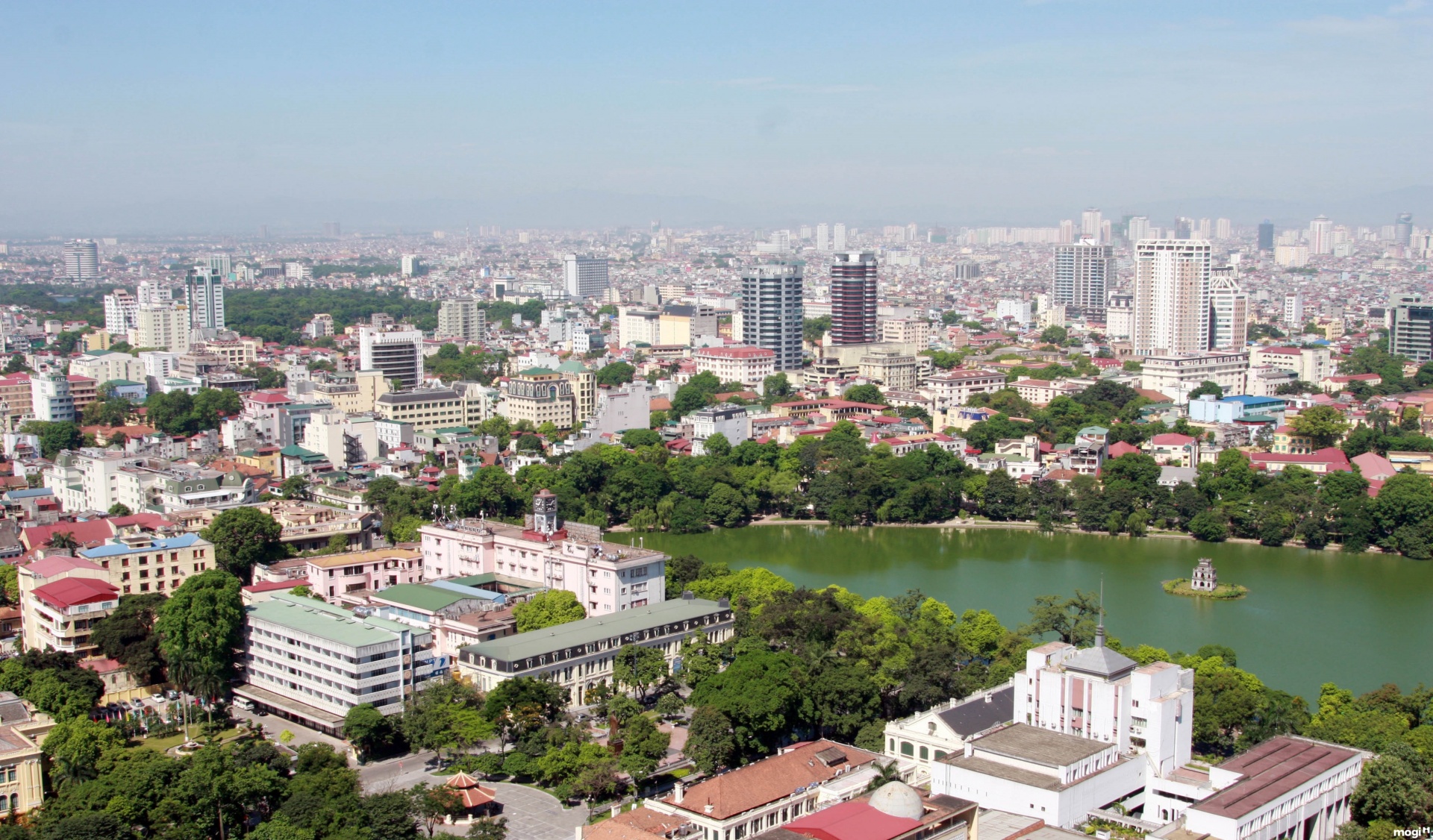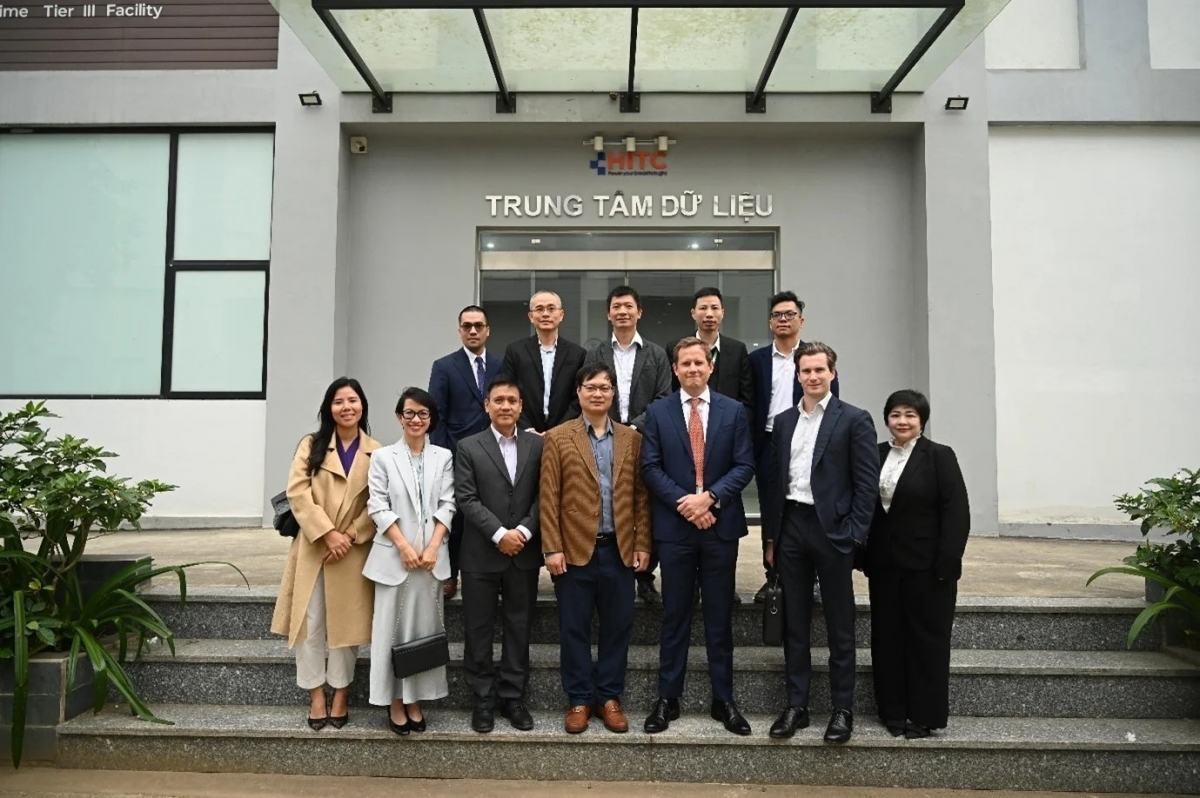INTERNATIONAL INVESTMENT
AND PORTAL
 In the first three months of 2022, Hanoi’s real estate activity recorded different trends in each segment
In the first three months of 2022, Hanoi’s real estate activity recorded different trends in each segment
According to Savills Vietnam’s Q1/2022 Market Report, the retail market is slowly recovering. Supply in the first quarter increased by 1 per cent on-quarter. The figure reflects the slow growth of retail real estate over the past three years as new supply remains limited.
Ground floor gross rent increased 5 per cent on-quarter and 4 per cent on-year with stable occupancy. The strongest growth was recorded in the central and eastern areas of Hanoi, with an average increase of 5 per cent per year since 2018.
As the economy is recovering, GRDP and retail sales are increasing. Retailers' business expansion plans are forecasted to make this market segment more active.
According to Hoang Nguyet Minh, senior director at the Commercial Leasing Division of Savills Hanoi, luxury retailers are actively searching for space in Hoan Kiem district, causing ground floor rents in Hoan Kiem to increase significantly.
“However, mid-range retail brands are still very cautious in finding new premises. The growth of e-commerce will also affect the number of shoppers in malls,” Minh said.
Office supply in Hanoi in the first quarter also witnessed a slight growth, led by Grade B projects. Inner urban districts are supplying the market with a large volume of products, followed by the western region of Hanoi, especially Cau Giay district.
The occupancy rate, although increasing quarterly, decreased on-year. Grade C offices had the highest occupancy rate, especially in the west of Hanoi with businesses in the ICT and manufacturing sectors.
Office leasing is forecasted to continue its stable trend in 2022, as the ICT industry – along with banking, finance, insurance and real estate – experienced a large number of transactions in Q1. Green offices are expected to bring many competitive advantages, contributing to protecting the environment as well as increasing work productivity, attracting and retaining talents.
“Tenants will benefit from a selection of new and high-quality Grade A offices starting from the end of this year, mainly in Hoan Kiem, Ba Dinh, and Tay Ho. New projects will compete with existing buildings in terms of quality, service, and price,” Minh added.
As for the apartment market, there were no new projects in the first quarter of 2022, as new supply came from the next phase of six existing projects. The number of transactions decreased while the selling price increased.
The urbanisation rate, natural population growth, and the rise of the middle class will be the main drivers to help boost the demand for apartments in the coming time.
Rents have continued to increase since Q1/2019. Grade B projects led the way in terms of primary price growth, followed by Grade C and Grade A. This drives the market into a shortage of supply of low-priced apartments.
With the large availability of land, the five upcoming districts Hoai Duc, Dong Anh, Thanh Tri, Gia Lam and Dan Phuong will become hot spots for residential real estate development, accounting for 24 per cent of the future supply.
Do Thu Hang, senior director at the Research and Consulting Division of Savills Hanoi said, “After a quiet quarter, Hanoi's apartment market is expected to recover quickly. Improved off-centre infrastructure will help promote real estate development.”
Meanwhile, compared to the fourth quarter of 2021, the villa and townhouse market recorded a certain growth in new supply, evenly distributed throughout Hanoi. Since the third quarter of 2021, the primary selling price has continuously recorded the highest price ever in all segments. Transaction volume increased on-quarter, though lower than the same period last year.
In the rest of the year, the market is expected to welcome more than 1,600 units from ten projects, in which the western region has the largest future supply. With limited product availability in the Hanoi market, investors will continue to look for new opportunities in neighbouring localities such as Bac Ninh, Bac Giang, Hung Yen, and Hoa Binh.
Matthew Powell, director of Savills Hanoi said, “Price pressure and high inflation rate while credit is tight will likely slow down the real estate market in the short term.”



















